When its release was announced at NAMM SHOW in 2020, I decided to definitely buy this hardware in the future...
Apogee / Symphony I/O MKII is often used in top recording studios. I’ve always dreamed of this flagship audio interface, but the specs were too much for home use, so I couldn’t purchase it then. But then, the Symphony Desktop, which is the desktop version of Symphony I/O MKII, was announced.
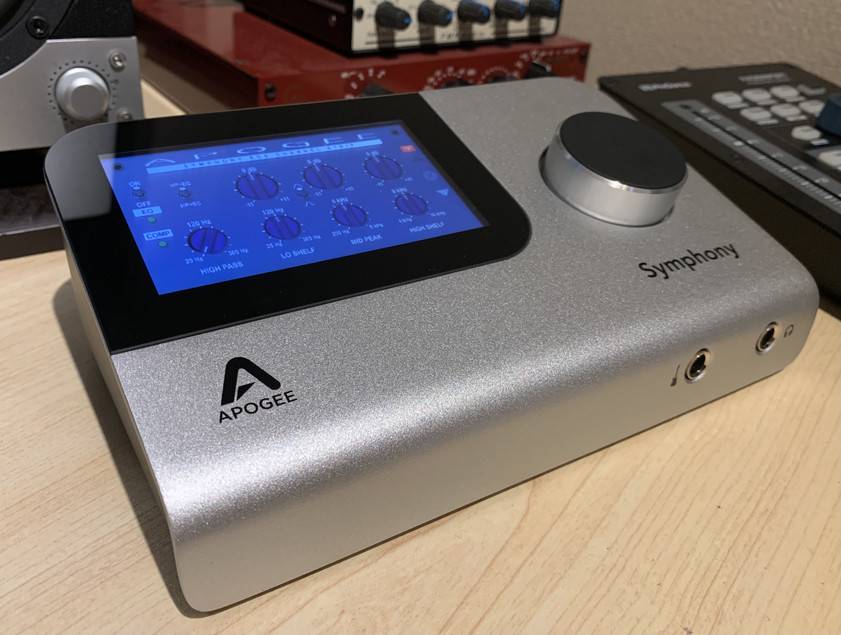
The Symphony Desktop boasts the same sound quality as the Symphony I/O MKII in a compact body. The price is as ‘compact’ as the size. I think this alone is already so appealing, but it even is equipped with a hardware DSP that can be used for emulation of mic preamps and recording effects. Also, these functions can be flexibly controlled with a touch screen. The specs of the Symphony Desktop contain many remarkable features.
The features are as follows.
■Main Functions of the Symphony Desktop
- Most affordable Symphony interface ever
- Cutting-edge components and circuit design bring the precise and high level of flagship sound quality
- Equipped with 2 Advanced Stepped Gain mic preamps with up to 75 dB gain and variable impedance settings
- Electric guitar tube amp characteristics can be applied to the FET instrument input
- Apogee Alloy Mic Preamp emulates the British Solid State and the 50s American Tube by analog processing + DSP modeling
- Includes the new Symphony ECS Channel Strip (EQ/Compression/Saturation) plug-in tuned by Bob Clearmountain that can be used with hardware DSP or as a native plug-in
- Achieves flexible zero latency plug-in workflows: Print, Monitor and DualPath Link workflows
- Touch screen display allows comprehensive hardware control
- 2 assignable headphone outputs: 1 x 1/4″, 1 x 1/8”
- 10 IN x 14 OUT simultaneous audio inputs/outputs
- Supports USB MIDI
- Digital I/O: 2 x Optical Toslink (ADAT, S/PDIF)
- Compatibility: macOS, Windows, iPad Pro (USB-C)
■Included Apogee FX Plug-ins
- Clearmountain's Spaces - (Native)
- Symphony ECS Channel Strip - (Native and Hardware DSP)
■Included Preamp Emulations
- British Solid State
- 50s American Tube
Initial Setting
Now, let’s start the unboxing ceremony. Luxurious packaging gives me some pretty high expectations. The included accessories are as follows:
- USB Type-A to Type-C cable
- USB Type-C to Type-C cable
- USB flash drive
- Power adapter
Two types of USB cables are included. You don’t have to cry to realize when you open the box and then find out that you need a USB cable to use it.
It’s so great that it comes with a USB flash drive.
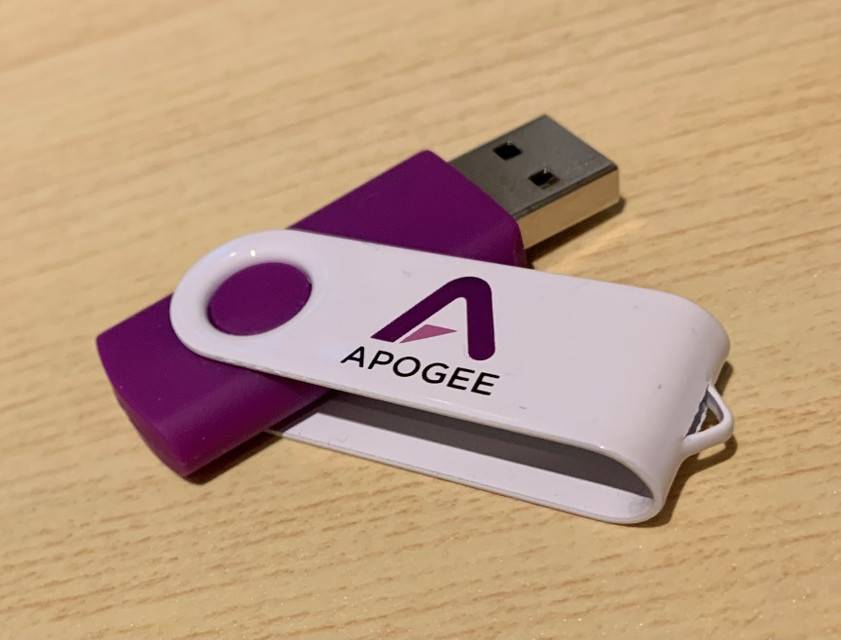
The stylish design of the flash drive gets me excited, but this is not a gift. It will be used to update the firmware. Download the update folder here and connect the flash drive to the interface to update.
At first, the interface did not detect the flash drive and I was worried, but Apogee’s website showed me what to do.
I am unable to update the Touch Screen Control or "No Valid USB drive detected" message
I formatted the flash drive in FAT32 and dragged the update folder to the flash drive again. Now, the whole process went so smoothly! If you lost the included flash drive, any USB flash drive format in FAT32 format will work. There is nothing particularly special in specs, so I’m thinking of getting another flash drive for the firmware update and using this stylish flash drive for everyday use. Lol.
The firmware of this Symphony Desktop is still in the updating process. The basic features as an audio interface have already been completed, but at the time of writing this article, the firmware is Ver.1.19. As of now, the MIDI over USB feature and the function that is highly linked with Logic Pro X cannot be used yet. When it was released for sale, the Touch Screen Control of the Symphony Desktop only allowed for basic routing and volume adjustment. However, the latest Ver.1.19 was released in June 2021, and the mic preamp emulation and the Symphony ECS Channel Strip plug-in are available. Now you can fully control these features directly on the touch screen! I tried out these effects on Symphony Desktop. It was fun to intuitively create sounds as if I was controlling a hardware processor♪ I will write about it later in this article.
The firmware release is scheduled as follows.
Features to be added:
▼Release 1.19(released in June 2021)
- Compatibility of the Apogee Control 2 software with Mac (including M1 Apple Silicon) and Windows 10 PCs
- Symphony ECS Channel Strip plug-in fully controllable (from touch screen display on the Symphony Desktop/within the Apogee Control 2 software/from your DAW)
- All three workflows (Print, Monitor, DualPath Link) in the ACFX plug-in wrapper fully functional
Features to be added in the updates coming soon:
▼Release 1.2
- Apogee Channel FX plug-in
- Desktop Control application for macOS
- Desktop Control application for Windows 10
- Print FX workflow
- Monitor FX workflow
- DualPath Link workflow
▼Release 1.3
- Plug-in parameter controls via Touch Screen Control
- MIDI over USB
- *Features subject to change due to the production status.
■Software Installation - Product Registration
To install drivers and software, you will need to upload a copy of your proof of purchase and register your product on the official Apogee website. If you purchased your Symphony Desktop at Sound House, take a picture of the “Order Confirmation” and upload it. You can install the driver immediately, but your activation code for Apogee FX will be sent by email in a couple days.
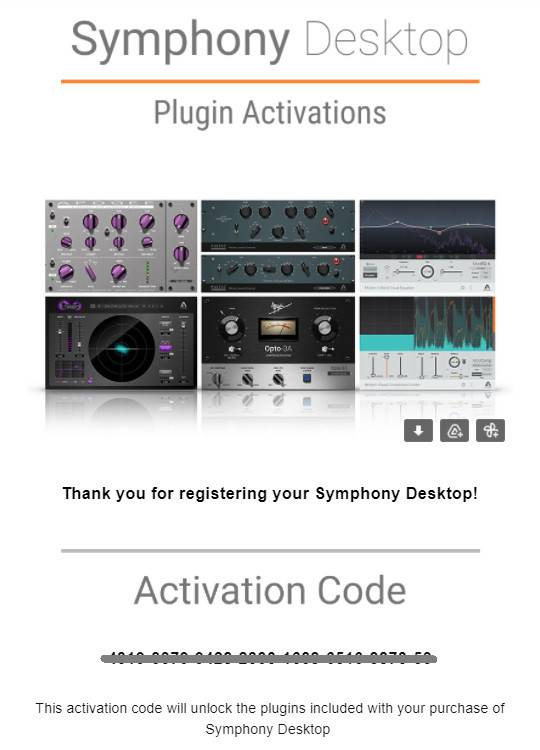
You will also need to create an iLok account, so if you don’t have an account, install the driver and wait! Since the serial code can also be activated on the PC, the Symphony Desktop can be used without the iLok key.
Once the installation, firmware update, and plug-in activation are complete, the Symphony Desktop is now ready to use!
Soundcheck
First, I’m going to play music on the PC to check the output sound.
The first thing that surprised me is the elastic and clear bass! As my personal preference, I tend to focus on the spread and expressions of the treble range, but I feel that the clear bass and kicks spread comfortably, and the details deep inside the music is completely reproduced. The mid-high range also sounds very accurate, and you can precisely measure the distance feeling from the sound, so you won’t get lost in your mixing process. There is no extra seasoning, but you can also play out the sounds of the music to enjoy the pleasant listening experience!
Next, I’m going to try recording with a microphone.
This sound is also very clear and strong. The sound quality is chewy that stands out even in a loud orchestral sound. In addition to the original preamp, the mic preamp features the ability to reproduce the sound of the NEVE 1066 and the AMPEX 601. It is interesting that this feature is controllable on the Symphony Desktop, so you can sensuously find the best sound while controlling it at your fingertips.
The descriptions about the mic preamp emulations below is an excerpt from the Apogee website.
Apogee Alloy Preamp emulation combines analog circuitry and DSP processing to create the richest, most authentic preamp modeling available in an audio interface. Critical aspects of the model such as input impedance, transient profile and distortion characteristics are first implemented in the analog domain, followed by precise and accurate refinement in DSP, for a hybrid result that’s greater than the sum of its parts.
There are two emulations with different characteristics as stated in the Apogee website below:
■British Solid State - Class A Console Sound
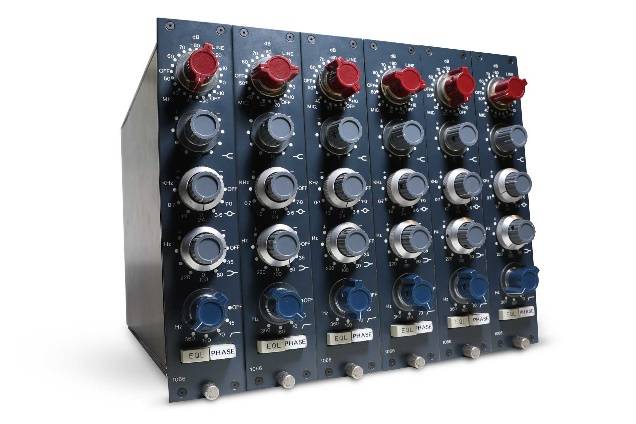
Inspired by the Marinar “Round can” input transformer and discrete transistor design of our Class A Neve 1066 mic preamp, this emulation gives you the sonic weight and smooth transient response of the hardware. Push the level for increased width and punch.
■American Tube - Lush, 50s Tone
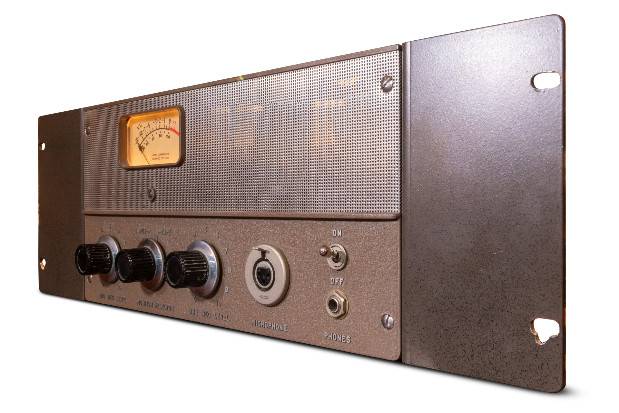
Symphony Desktop’s AP-57 mic preamp gives you the lush, larger-than-life sounds from a 50s era Ampex 601 preamp, which has been carefully restored and modded for lower noise and greater dynamic range. We have captured the harmonic warmth, richness and high-end sheen of the hardware, plus the “gently overcooked” sound of the overloading circuit.
You can make subtle adjustments of the sound according to the genre or composition of the song in the recording step of the production process. I think these adjustments will also affect the quality of the performance and make a significant difference after all the mixing and mastering. You will achieve a higher level of perfection in your finished work.
In addition, Symphony Desktop includes the Clearmountain’s Spaces plug-in and Symphony ECS Channel Strip that were tuned by Bob Clearmountain, who has mixed for some big names throughout his career in rock ‘n’ roll for musicians such as The Rolling Stones, Bon Jovi, David Bowie, Bruce Springsteen, Bryan Adams, and Roxy Music. Clearmountain’s Spaces is a plug-in that allows you to obtain high-quality reverb with a simple control. The plug-in is already tuned, so it’s easy to use. Just apply the effect to get a cool sound.
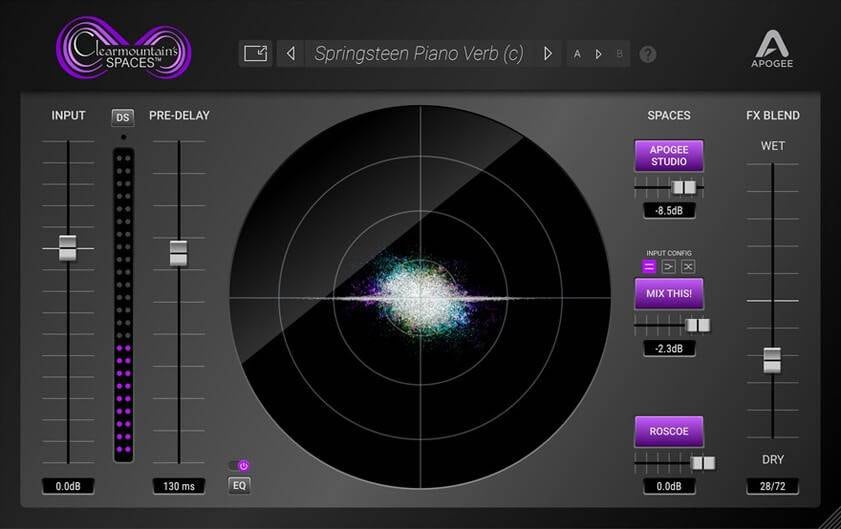
Symphony ECS Channel Strip includes EQ, compression, and saturation controls. You can quickly apply the effect at your fingertips and record it. This channel strip runs with Symphony Desktop hardware DSP, so you don’t have to worry about the load on your PC! You can also load it into your DAW as a plug-in.
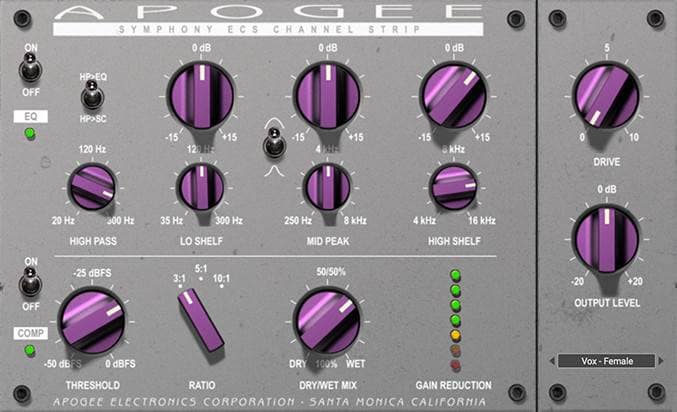
The Symphony ECS Channel Strip has three modes: “Print”, “Monitor”, and “Monitor+DualPath Link”. The descriptions for the modes are as below.
- Monitor with zero latency and Print with plug-ins while you record
- Monitor mode
- Monitor with zero latency while you record and Print plug-ins later
- Monitor+DualPath Link
- Process monitoring and input with plug-ins opened in your DAW
Generally, the monitoring sound is adjusted on the audio interface or the mixer software that is included in the audio interface, and after recording, it is adjusted in the DAW software. However, the above features allow the recording process to be more productive since you have all the controls in your DAW completing your work. The compatibility with Logic Pro X is scheduled to be available in the upcoming feature release and it will make your production process more efficient. You will have an opportunity to concentrate on the sound itself.
At the moment, these three modes can only be used in the Symphony ECS Channel Strip, but they will be available in the Apogee FX bundle that will be added to the product lineup in the future.
You will be amazed at the usability of the touch screen if you use it in a band.
For example, when sending a click track to the drummer, you can quickly change the routing just on the Symphony Desktop. You usually have to start the software on your PC and change the settings, but it is very convenient that you can do it from the audio interface. Also, if the drummer wants to listen to the orchestra sound at a low volume with a click track, the Symphony Desktop has a built-in mixer, so all you have to do is adjust the volume on this mixer and assign it to the headphone out for the drummer! The two built-in mixers have two independent headphone outputs. When the bassist wants to monitor the sound with a different balance, you can quickly assign one of the individual headphone outs!
Symphony Desktop is an interface with sophisticated usability even during recording.
Summary
The Symphony Desktop has impeccable quality as an ultra-high-quality audio interface, but it also has great potential to be an “evolving audio interface” with various features. It even has the capabilities to change the recording workflow and I’m really looking forward to the future updates.
Personally, I would like to write a more thorough review again after fully enjoying this Symphony Desktop!






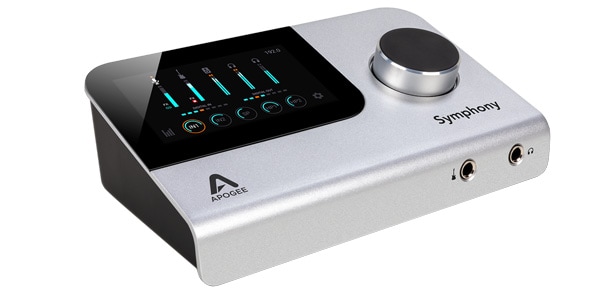

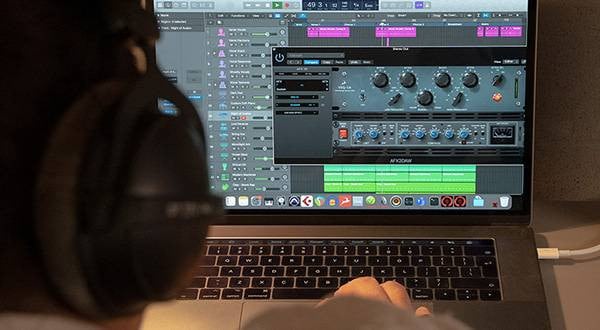
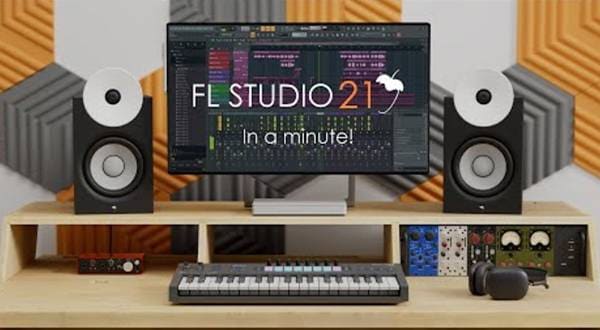
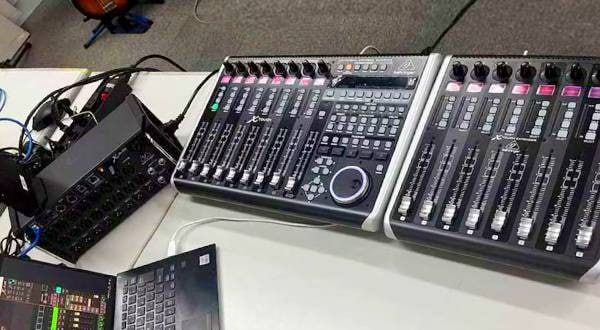

![[2022 Latest Edition] Overview of Some New Audio Interfaces!](/contents/uploads/thumbs/2/2021/3/20210311_2_12472_1.jpg)
![[2023 Latest Edition] Overview of Some New Audio Interfaces!](/contents/uploads/thumbs/2/2021/1/20210108_2_12044_1.jpg)

![[Apple CM] A look at James Blake’s recording equipment!](/contents/uploads/thumbs/2/2020/8/20200814_2_10906_1.jpg)
![[For beginners!] Choose an audio interface one rank higher](/contents/uploads/thumbs/2/2020/7/20200702_2_10515_1.jpg)
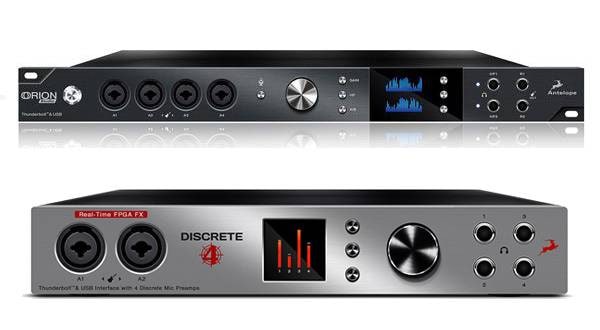
 MOTU オーディオインターフェイス
MOTU オーディオインターフェイス
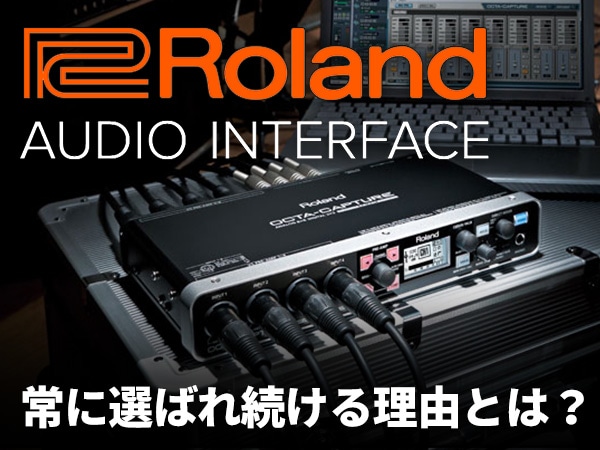 ROLANDのオーディオインターフェイスが選ばれ続ける理由
ROLANDのオーディオインターフェイスが選ばれ続ける理由
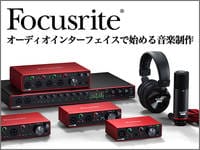 Focusriteオーディオインターフェイスで始める音楽制作
Focusriteオーディオインターフェイスで始める音楽制作
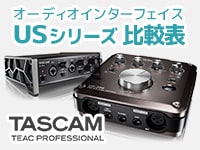 TASCAMオーディオインターフェイス USシリーズ比較表
TASCAMオーディオインターフェイス USシリーズ比較表
 RMEオーディオインターフェイス特集
RMEオーディオインターフェイス特集
 STEINBERG UR44特集
STEINBERG UR44特集















